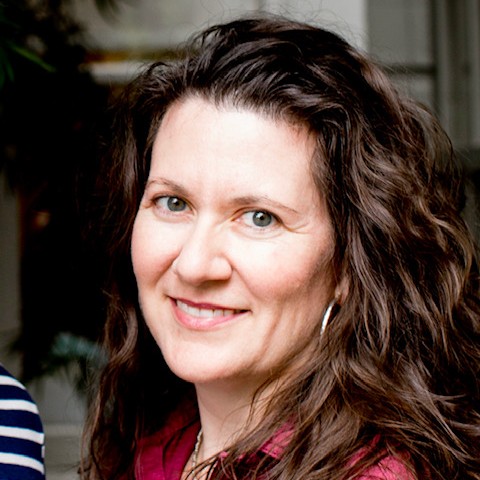Gender fluidity in young people can pose unusual challenges for adults who want to support them. Sarah Hoffman has this Perspective.
My daughter’s friend Jenna was coming over. At least I thought it was Jenna.
My daughter is a high school sophomore. She’s got a solid group of friends, some of whose gender identities are in flux. Keeping up to date with them has been difficult in the pandemic. Except for the occasional socially distanced backyard visit, kids don’t come over. So I don’t get to match names to faces, chat a bit and learn a little something about them.
Take Jenna. Jenna started high school using he/him pronouns. Then she switched to she/her pronouns and changed her name to Charlotte. But “Charlotte” wasn’t a fit, so she chose Jenna. I’m comfortable with Jenna declaring her gender and pronouns. But could I trust my middle-aged brain to remember which name to use?
It’s not just Jenna. There’s Tristan, who’s nonbinary. There’s Kai, who uses xe/xem pronouns. And there’s Eleanor, who now identifies as non-binary and uses she/they pronouns, but kept their birth name. I sometimes have trouble keeping track of who’s who, and what to call them.
